There are sand dunes hidden not far from Manchester city centre - and that's just the beginning
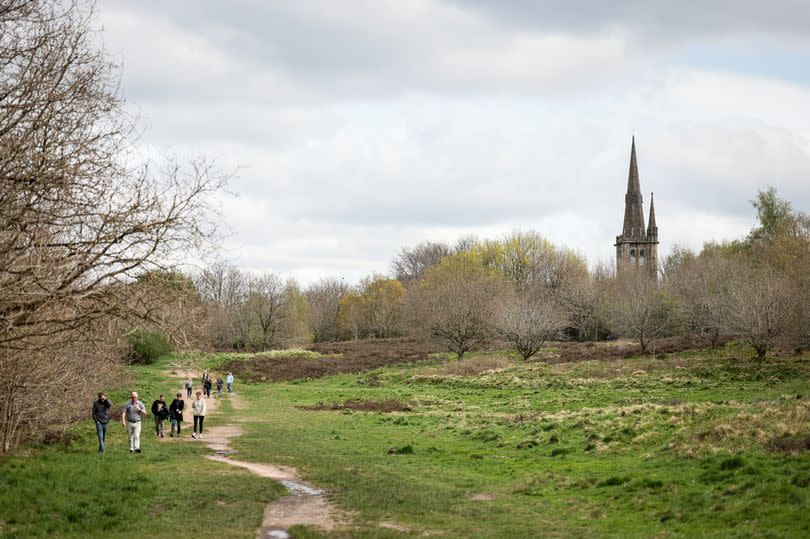
Moor Lane is one place away fans visiting Salford City FC should never leave their car - unless they want a ticket on a match day.
But the entrance to the club's Peninsula Stadium was once the starting post for a racecourse as the soft, sandy soil, and vast open spaces of Kersal Moor, across the road, was ideal for horse racing.
Remnants of the course - in the shape of a big dirt path - can still be found on the 20 acres which make up the moor. So too can sand dunes, whose origin was forged from the melting of glaciers at the end of the last Ice Age leaving the subsoil being made up of sand and gravel.
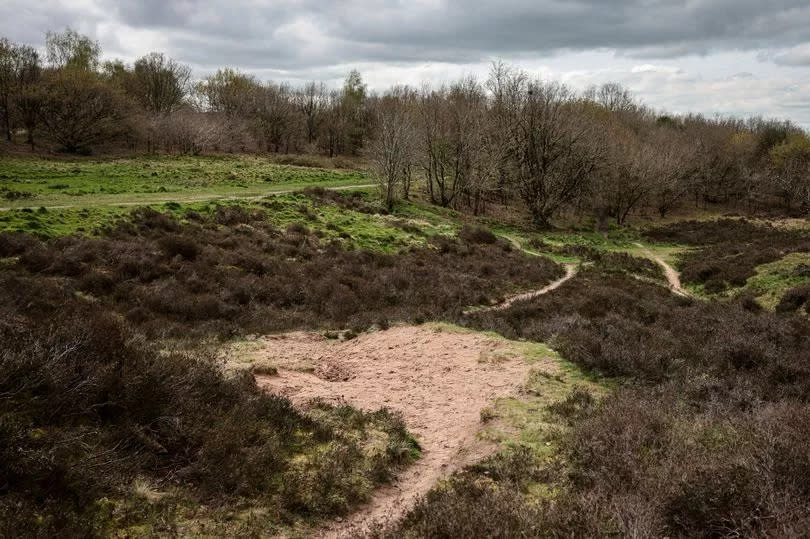
Designated as a Local Nature Reserve in 2007 the land, bounded by Moor Lane, Heathlands Road, St Paul's churchyard, and Singleton Brook, has a thin topsoil which sustains gorse, heather, ferns, and mosses. From its elevated southern end, the hills of Derbyshire can be seen and the Pennines to the north. It is now a Site of Biological Importance.
Centuries ago it was a 'thicket of oaks and a pasture for hogs', according to 18th century historian John Whitaker. The pigs are long gone, but a bird population which flourishes there includes Robins, Blue Tits, Long Tailed Tits, Coal Tits, Blackbirds, Chaffinch, Greenfinch, Treecreepers, Goldcrest, and that most glorious urban falcon, the Kestrel. Volunteers and council rangers maintain the land.
The racecourse, Manchester's first, existed from 1687 to 1847. The final furlong was near Nevile Road. Local author, and resident, Alice Searle, who has written two books on the Moor, wrote: "Across the track from here were little betting booths, which were used for housing by the homeless, being recorded in the 1841 census.
"The betting, together with cock fighting, drinking and getting drunk, of course, added to the atmosphere. A pavilion, for the wealthy, with more refined behaviour, was built opposite the Turf Tavern at the turn of the race track."
Its location, three and a half miles from Manchester city centre, and south of Lancashire mill towns made it a popular destination. Alice recalls: "These race days attracted 'sharpsters' and pickpockets, as well as novel attractions. One of these quirky events was the Male Nude Races, said to give females a chance 'to study form and choose a mate'.
Tradition has it that this actually happened when Major Roger Aytoun was chosen this way by Barbara Minshull, the 65 year old rich heiress to a massive estate.
She liked what she saw and her wedding present to him in 1769 was Hough Hall at Moston. Aytoun, was 6ft 4in, a massive gambler, boozer, and addicted to fighting, hence his nickname "Spanking Roger". A pub in Miles Platting named after him was closed down in 2011 and later demolished to make way for redevelopment.
Originally from Scotland Aytoun moved to Manchester in the mid-1700s to recruit soldiers. Legend has it that he would regularly challenge pub goers to a fight and if he won, they would have to join his regiment, the 72nd Regiment of Foot - or Manchester Volunteers.
In the late 1970s three-times Grand National Winner, Red Rum, trod the soil of Kersal Moor. History took him to the site of the old course when he was guest of honour at the Littleton Road Carnival.
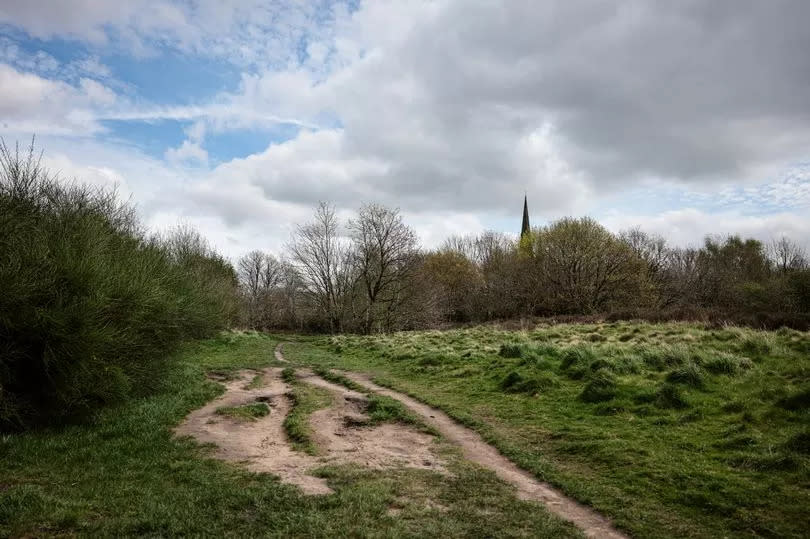
Until 1888 the Moor was owned by the Clowes family. It was then taken over by Salford council and became a recreation area for walkers.
But another sport also has an historic link with the Moor. On May 7th, 1818, a band of wealthy gentlemen played the first ever game of the Old Manchester Golf Club there.
In 2018 to mark its 200th anniversary, members teed off again on the land for perhaps the most peculiar round of golf in England. Some wore the fashion of the early 1900s.
The club, the second oldest in the country, has not had a clubhouse or course since 1960, but its 40-strong members continue to meet and play three times a year on local courses.
John McKenna, chair of the club, said: “When Old Manchester was founded only the very rich could afford to play. They met every Friday, played golf on the Moor on a course which is now partly lost beneath Salford FC’s Moor Lane stadium, and then sat down to a lavish meal.
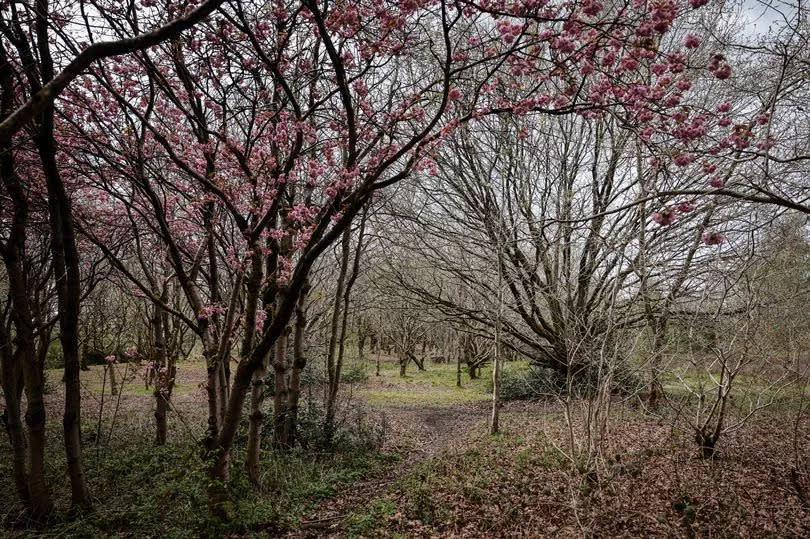
"“They would import champagne from Paris for their meals, which typically consisted of a couple of pheasants, three or four salmon and a gallon of port."
“On one occasion, in 1858, Malcolm Ross was the only member who turned up. He played the course, ate all the food – ‘a large cod, a saddle of mutton, a goose, two brace of partridge and all the puddings a man could desire’ - drank three bottles of port and then recorded the minutes of the meeting.”
From 1818 to 1882, the club was based at Kersal Moor, and by 1825 had a clubhouse on Singleton Road. Fairways were non-existent on an original five-hole course, often shared with grazing animals. The rough nature of the course was reflected in the scores. The highest score ever recorded at Kersal was in 1846 when it took Malcolm Ross 160 strokes to complete ten holes.
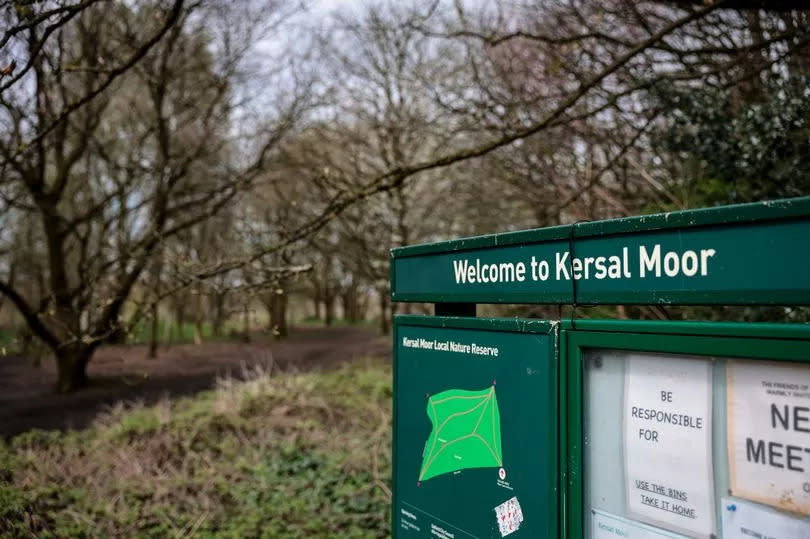
Kersal Moor was also used for archery. By 1830, however, it had become the sport of gentlemen and an exclusive club called the 'Broughton Archers' was formed, the membership of which included some of the most influential men in the town.
They originally met at a pub nicknamed 'Hard Backed Nan's' on the site of Bishopscourt where the Bishop of Manchester now resides, but, after Bury New Road was built and the site became too public, they moved to the Turf Tavern on Kersal Moor.
As for nature - it has earned a place in history too with a moth which caused a major flap. As Manchester and Salford became heavily industrialised during the 18th and 19th centuries the moor became an oasis of interest to amateur naturalists, one of whom collected the only known specimens of the now extinct moth species, Euclemensia woodiella.
The yellow and brown moth, known too as the Manchester moth, is known from only three museum specimens, one of which is held by the Manchester Museum, one by the Natural History Museum in London, and a third at the Curtis Collection at the Victoria Museum.
The amateur insect collector was Robert Cribb. In 1829 he collected a series of about fifty small yellow and brown moths from a rotting alder tree on Kersal Moor. These turned out to be a previously unknown species of moth, but they were mistakenly attributed to a friend of Cribb's, the collector R. Wood, who had asked the entomologist, John Curtis, to identify them. The moths were named by Curtis as woodiella in Wood's honour.
Livid by this, and by accusations of fraudulently passing off foreign moths as British, Cribb gave up collecting and left the rest of the collection with his landlady as security for a debt.
According to Manchester University the store-box containing the specimens was destroyed by Cribb’s landlady in revenge for rent arrears. Since then, nobody else has been able to find any further specimens.
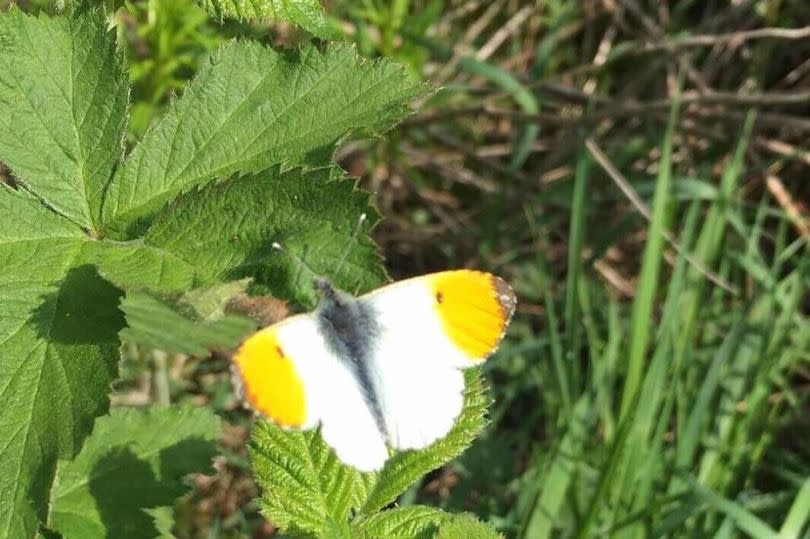
The Moor was also a focus point for political and social upheaval. In 1818 a protest meeting was held on the moor by coal miners demanding better pay, because of the dangers they faced at work.
And in 1838, a crowd estimated by the Manchester Guardian, to be 30,000, attended a Chartist meeting to protest for political rights for the working classes. The Morning Advertiser, describing it as 'The Great Meeting of the Radicals of Lancashire' claimed the crowd was ten times that size.
In 1876 the Lancashire dialect poet and songwriter Edwin Waugh moved from his Manchester home to Kersal Moor for the "fresher air".
Waugh's early life was spent in Rochdale, where he was born in 1817. He worked as a journeyman printer, travelling Britain. By 1860 he was a full time writer.
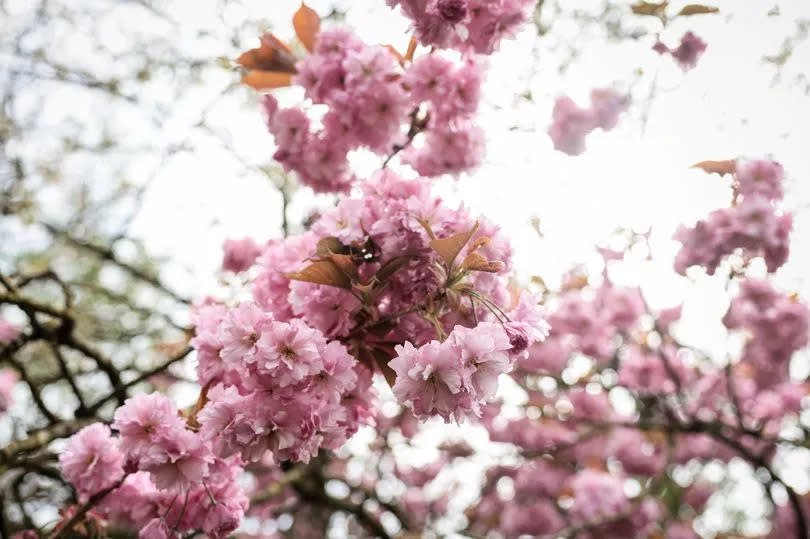
Despite living in Manchester he missed the moors he remembered from his youth. He wrote the following poem about Kersal Moor:
Kersal Moor
Sweet falls the blackbird's evening song,
in Kersal's poised dell;
But the skylarks trill makes the dewdrops thrill,
In the bonny heather;
Wild and free
Wild and free
Where the moorland breezes blow.
Oft have I roved you craggy steeps,
Where the tinkling moorland rills,
Sing all day long their low sweet song,
To the lonely listening hills;
And croon at night
In the pale moonlight
While mountain breezes blow.
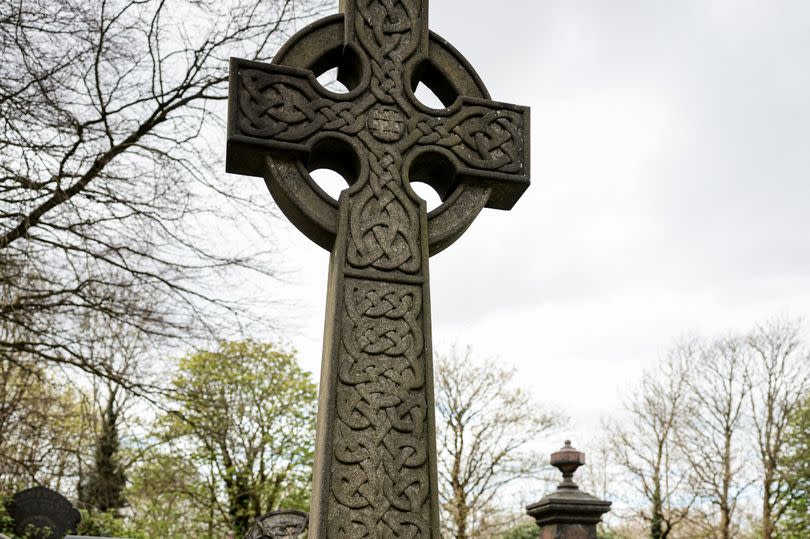
Waugh moved to the seaside town of New Brighton as his health declined. When he died 1890, his body was brought back to be buried in the graveyard of St. Paul's Church, on the edge of Kersal Moor. In another poem, written the year before he died, "The Moorland Breeze", he had already decided where he wanted his final resting place to be:
"Oh lay me down in moorland ground
And make it my last bed,
With the heathery wilderness around,
And the bonny lark o'erhead:
Let fern and ling around me cling,
And green moss o'er me creep;
And the sweet wild mountain breezes sing,
Above my slumbers deep."

 Yahoo News
Yahoo News 
